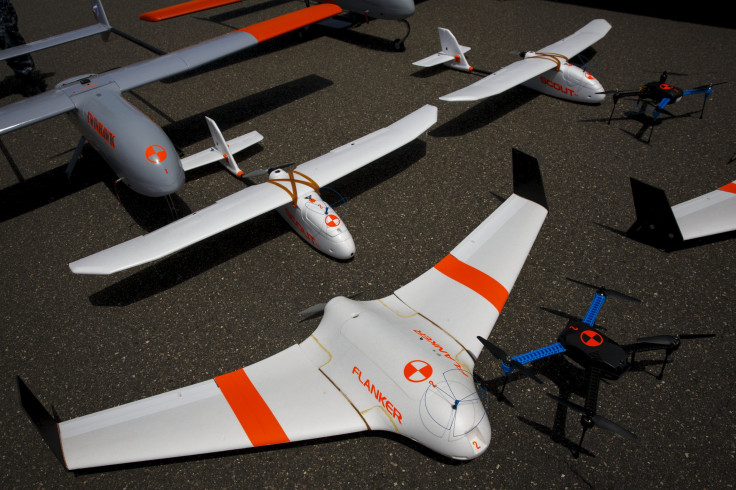UK-Singapore collaboration gears up for world’s longest flight of hydrogen fuelled UAV

Designed to help search and rescue missions, a new fuel cell-powered unmanned aerial vehicle, or UAV, is gearing up for the world’s longest UAV flight across the North Sea. The unmanned vehicle will fly across Scotland to Norway for the first ever 300-kilometre hydrogen fuel cell flight.
The attempt is to prove the capability of the hydrogen fuel cell to support the UAV to fly for over 12 hours. The long-endurance UAV system is expected to serve as an effective support tool in difficult search-and-rescue operations over large areas of sea or land, according to the Horizon Energy Systems, or HES, a Singapore-based UAV fuel cell power systems supplier.
The flight, set to take off within the week, is a joint effort between HES of Singapore and the Scottish UAV developer RaptorUAS. The team is working with the Northern Colorado Search and Rescue, or SAR, in the US which will be the first end-user of the long-endurance UAV system.
Most of the unmanned systems are dependent on the short, limited power provided by its batteries, which limits the performance of UAVs. The next-generation fuel cell systems, according to HES, will improve the versatility of the unmanned systems and will open new mission possibilities for smaller low altitude aircraft, typically done by larger, higher altitude and more expensive aircraft.
“We look forward to breaking new ground in the search and rescue arena,” said Taras Wankewycz, CEO of HES. “Long flight endurance enabled by fuel cells can make a significant difference in challenging field operations, and the difficult conditions in the North Sea make it an ideal proving ground.”
The fuel cells from HES, recognised as the world’s longest endurance energy storage systems for electrical UAVs, have already helped to set new world records in the past, including the NASA-backed five-kilogramme Pterosoar UAV system which flew 128 kilometres in 2007. The flight attempt in UK for the first fuel cell-powered UAV will be followed by several flights lined up in the coming weeks and months, the team stated in a press release.
To help fund the event, the Raptor UAS has recently launched a KickStarter campaign which a portion of the funds will be used to provide the volunteers at Northern Colorado SAR with a turnkey Raptor E1 UAV system. The non-profit Northern Colorado SAR works with law enforcement agencies and fire departments in the US to provide the latest technologies for various events, disasters and accidents.
Contact the writer at feedback@ibtimes.com.au or tell us what you think below




















